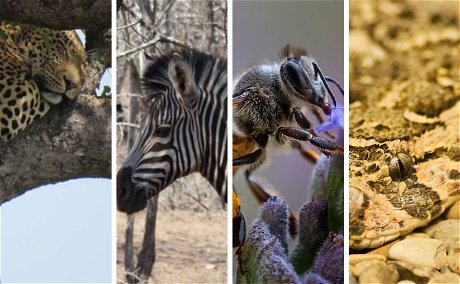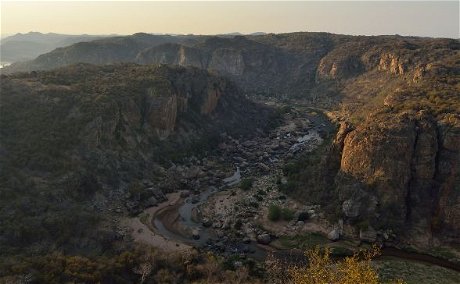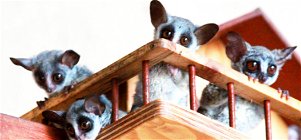Kruger National Park is a haven for diverse wildlife, including a variety of snakes that embody the park's ecological richness. From the fast and venomous Black Mamba to the camouflage expert Vine Snake, and the non-venomous Cape Wolf Snake, these serpents showcase the adaptability and diversity of life in Kruger.
Why do Zebras have stripes?
We all know how beautiful and unique zebras stripes are but why has this animal evolved to wear the black and white pyjamas that seem out of place on the African plains where all other mammals have more camouflaged drab brown, grey and spotted coats?
With my 10 years of wildlife experience, guide training and insatiable interest in wildlife I have heard loads of stories, read many articles and listened to many theories. They all seem to have some degree of plausibility. I am not a zoologist or scientist and this is my attempt to give a simplified summary of the different theories most of which have been presented by professionals the world over.

1. Each zebras strips are unique and as such individuals can identify each other by their stripes. In my observations of zebras being born in the wild I have noticed that the mother shields the foal from the rest of the herd with her body. The foal is forced to focus on the mothers hide and perhaps this gives the foal the opportunity to get a mental imprint of its mothers unique stripes so it may easily find its mother when they rejoin the herd.
2. The second theory is one related to a natural cooling system. We all know that black absorbs heat and white repels heat which is apparently the benefit of having alternating stripes over your body. The absorption and repulsion of the suns hot rays on the African plains with the close proximity of the stripes creates a mini-turbine across the hide of the zebra which has a cooling affect for the thankful animal.
3. Some zoological thesis have been written on the stripes issue and this one was the most surprising for me. Africa has many species of insects and many of these like mosquitoes, tsetse fly and ticks live off mammal blood. Scientists attempting to do finally get answers from nature used horses covered in zebra blankets and horses with their natural coats and placed them in controlled sites in the savanna. Much to their amazement the horses with the zebra blankets had the fewest bites on their bodies although their heads which were not covered was apparently a free meal. The horses that had no blankets were covered in these parasites so it seems this is a very plausible discovery. They reason why this works is not entirely clear but on close observation it seems that the stripes confuse the approaching insect and it does not know where to land.
4. One of the popular collective nouns for a herd of zebra is a dazzle and this takes us to the last of the theories. Predators do not see colour like humans so black and white stripes may confuse their vision. When hunting zebra predators need to isolate an individual away from the herd and in the final moments of their charge the fleeing dazzle may confuse the hunters and make a successful catch less likely.
So, there you have it, four simple theories on zebra stripes. I am sure they all have merit and there may be more but one thing we can be sure these beautiful animals have survived and thrived on the African plains for centuries and will continue to be admired by nature lovers everywhere. Please send comments and contributions to [email protected]
Have a great nature loving day.
Denis
Further Reading
Studying these camouflage artists offers more than survival tactics; it unveils the symbiotic web of life. Each evolutionary adjustment triggers cascading effects, shaping predator-prey interactions, reproductive strategies, and even ecosystem architectures. For visitors to wilderness areas like Needles Lodge, these beings underscore nature's inventive prowess and the critical need to conserve the ecosystems that nurture such diversity.
Exploring Kruger National Park is a journey through Earth's geological history, showcasing ancient rocks, life's evolution, and dramatic landscapes. The park's diverse geology, from three-billion-year-old bedrock to recent Quaternary formations, reveals the planet's dynamic past. Highlights include the Lebombo Monocline and rich fossil records. This narrative emphasizes the importance of conservation and the unique opportunity to connect with Earth's ancient past at Needles Lodge.






Share This Post